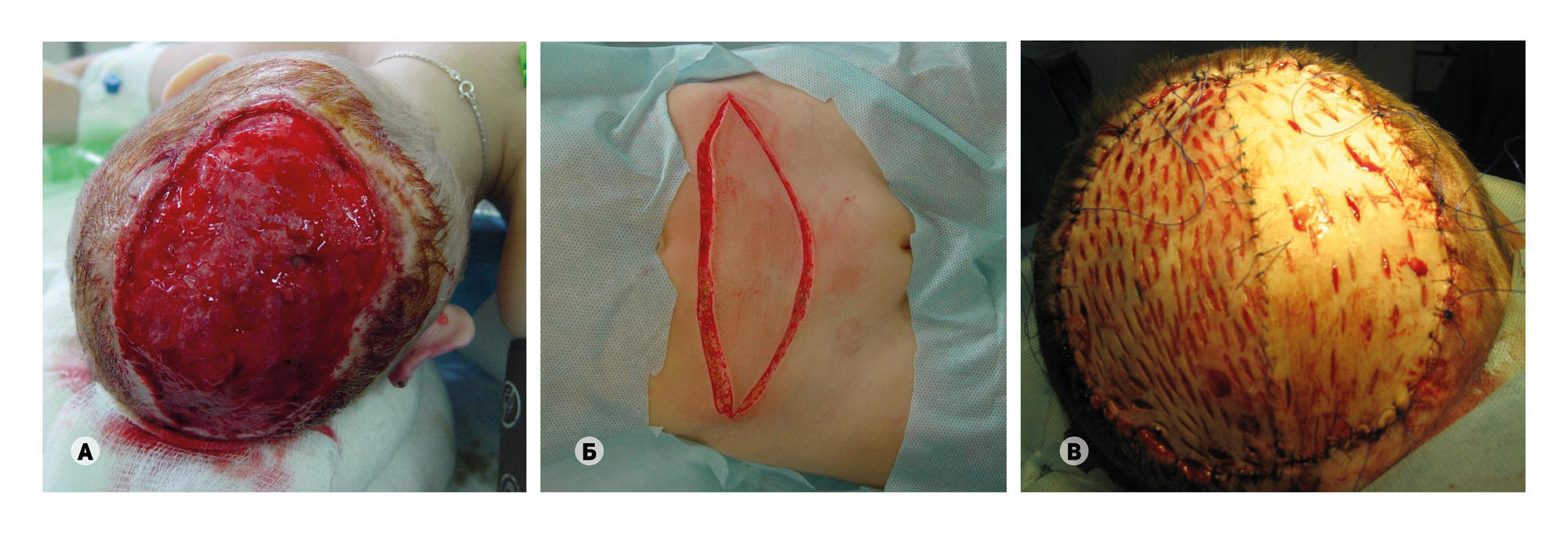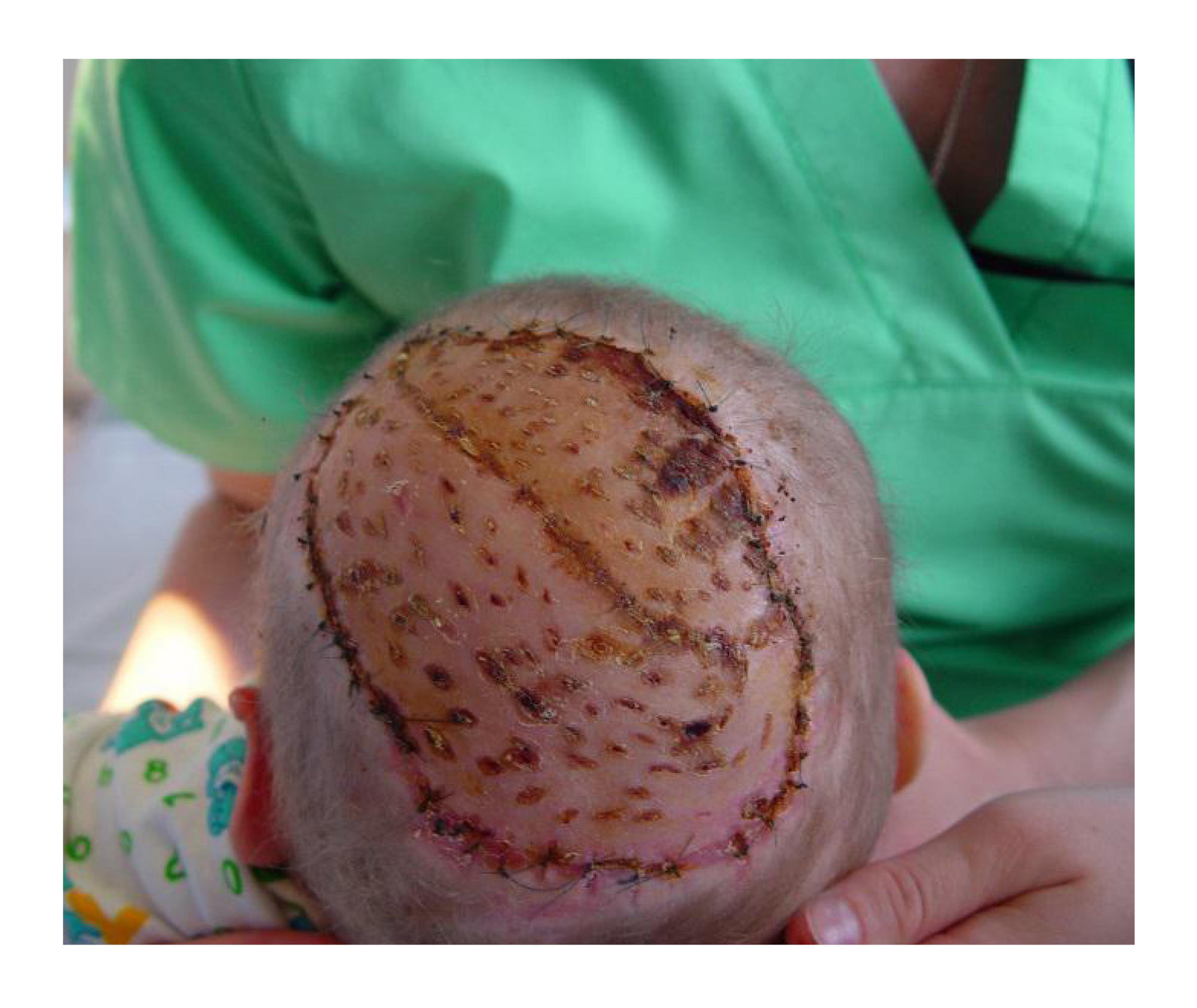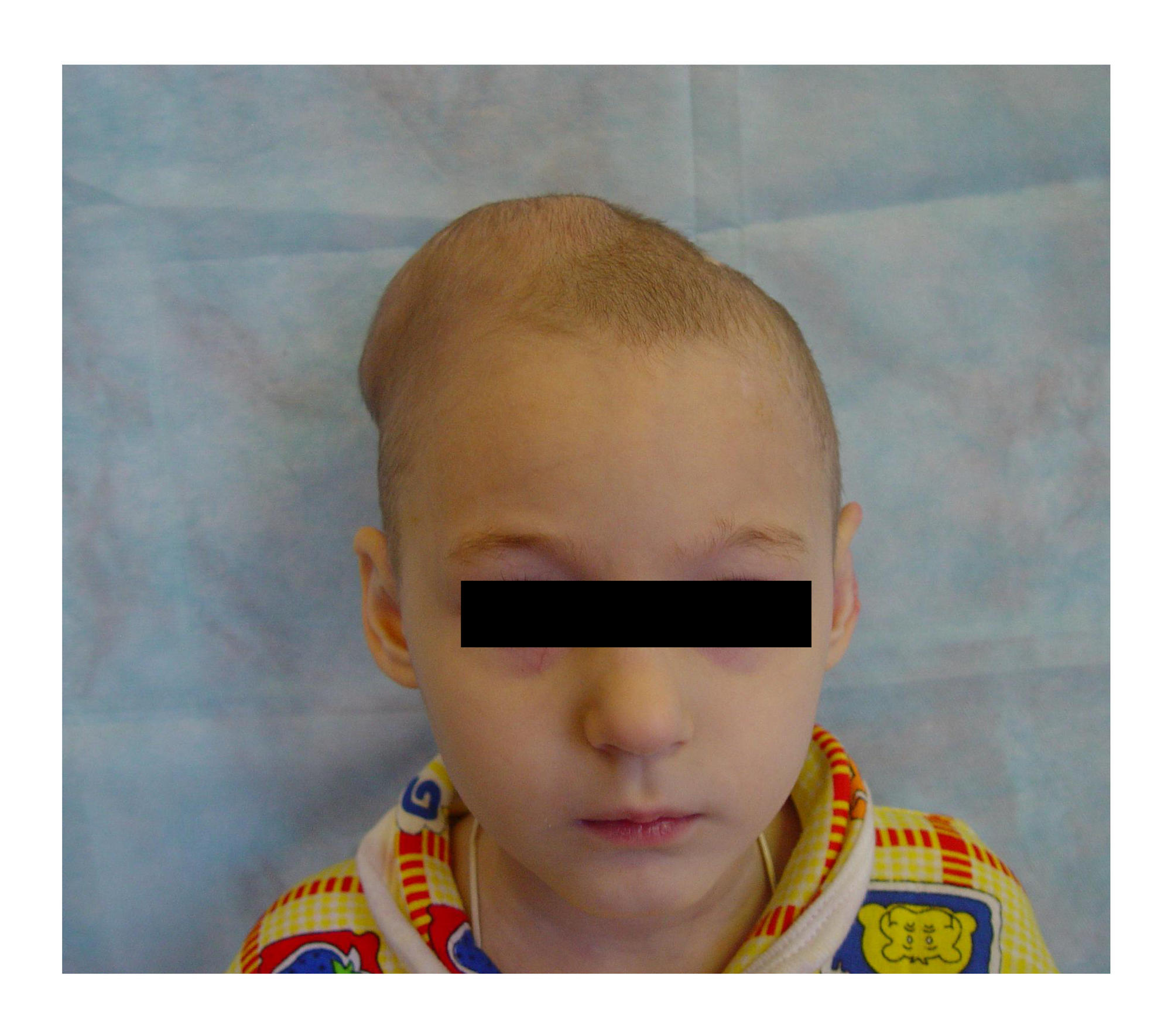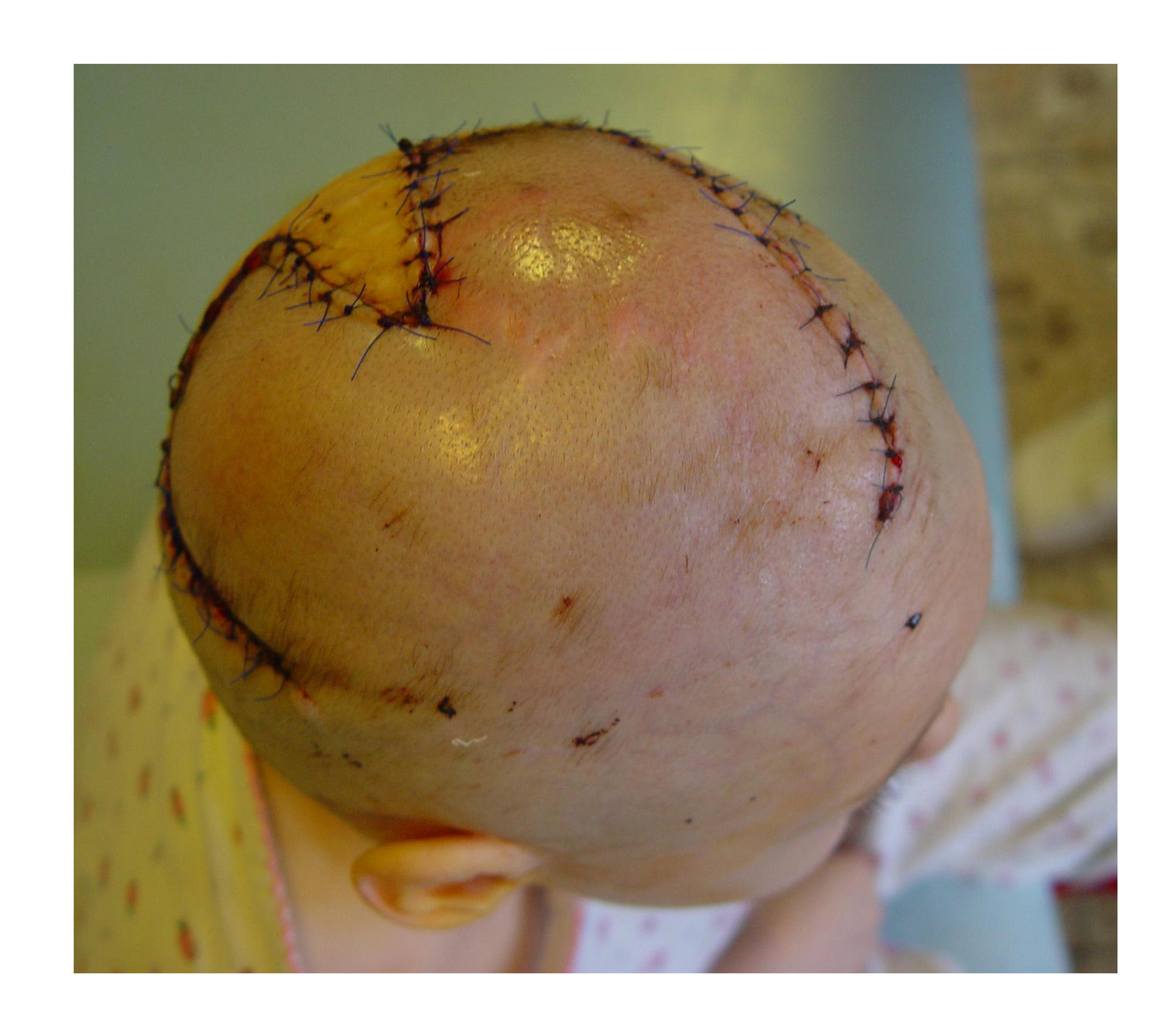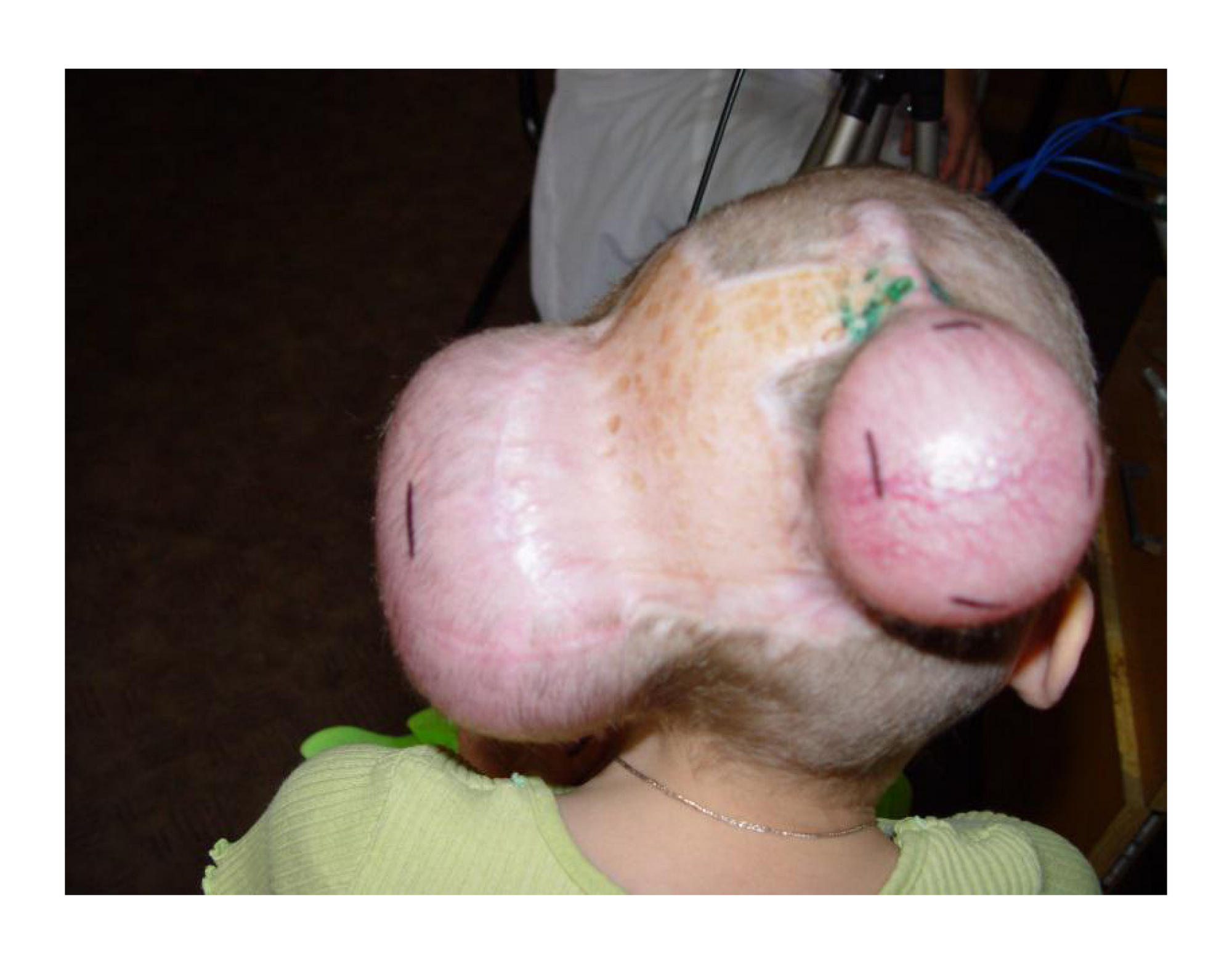
ISSN Print 2500–1094
ISSN Online 2542–1204
Bulletin of RSMU
BIOMEDICAL JOURNAL OF PIROGOV UNIVERSITY (MOSCOW, RUSSIA)

1 Department of Reconstructive and Plastic Microsurgery,
N. F. Filatov Children’s Municipal Clinical Hospital No. 13, Moscow, Russia
2 Department of Pediatric Surgery, Pediatric Faculty,
Pirogov Russian National Research Medical University, Moscow, Russia
Correspondence should be addressed: Ruslan Khagurov
ul. Sadovaya-Kudrinskaya, d. 15, korp. 2, kab. 214, Moscow, Russia 103001; moc.liamg@vorugah
